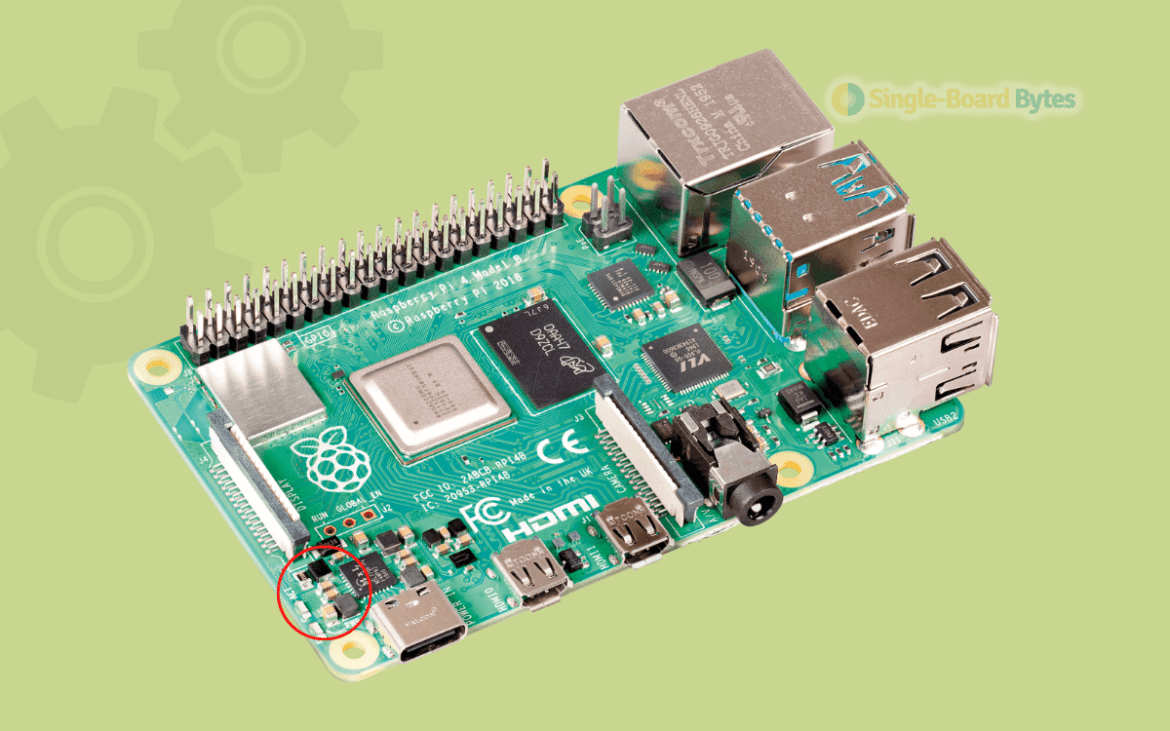A Raspberry Pi is a single-board computer that makes it simple to run hardware, software, and Internet of Things (IoT) programs. However, because it is an electronic device and cannot communicate like humans, it is equipped with LED lights to convey different messages to its users.
A Raspberry Pi usually comes with two LED lights that can be used to convey different messages. These lights include red and green LED lights. However, most of the time, both novice and expert users get confused about what these lights really mean. That is why we have come up with this article.
This blog will go over what Raspberry Pi’s green and red light means. Keep reading if you intend to know what Raspberry Pi’s light means and what to do about it.
The LED light colors meanings on Raspberry Pi
Like any other device, a Raspberry Pi’s LED light indicates whether it is functioning correctly or malfunctioning. However, understanding these LED lights is essential for all Raspberry Pi users so they will know exactly what to do when a particular light blinks or flashes.
Don’t worry if you are a new user or just bought your Raspberry Pi and are unsure of what the lights mean. You can find a user manual handbook explaining what each LED light means and what to do about it in the Raspberry Pi’s packaging box.
Tip: Always keep the user manual guide of any electronic or household equipment you buy if you do not know when you might need it. Most producers provide essential information and troubleshooting guides on the user manual leaflets/handbooks.
To know what these lights mean, you must be keen and observant. Knowing how many times a particular light blinks/flashes or if it is constant will help you in determining the root cause.
Most Raspberry Pi models come with the following LED lights:
- Red LED light
- Green LED light
1. Red LED light meaning on Raspberry Pi
Most Raspberry Pi models are equipped with the red LED light, usually labeled PWR. The red LED light on a Raspberry Pi is used to show the power status of Raspberry Pi. If the Raspberry receives an adequate amount of power, the red LED light will light and stay on continuously until the Pi is turned off.
However, if you notice that your Raspberry Pi’s red LED light keeps blinking when you turn it on, it indicates a power problem. If the Raspberry Pi is not receiving enough power, it will start flashing red.
Sometimes you might turn on your Raspberry Pi but realize that the red light is completely absent. This is caused by one of the following reasons. The red LED light will not be present if there is low or no power, which typically indicates a lack of sufficient power to enable the Pi to turn on. A faulty charger or power source is also another possible cause of a Raspberry’s red LED light that has been turned off.
Additionally, your Raspberry pi may stop showing the red LED light because it is not plugged into the power source. Sometimes, the Raspberry Pi may be plugged in, but the user has forgotten to turn on the source of power, i.e., the wall outlet.
Before raising the alarm, confirm all these device-related and power source-related issues. You can do the following to troubleshoot red LED light issues on your Raspberry Pi;
- First, use a multimeter to confirm enough power supply from the wall socket. You can also try powering another device from the same wall socket.
- If you have confirmed and are sure that there is an adequate power supply, next check if the Raspberry Pi is faulty. To do this, try to plug your Raspberry Pi again and correctly into the power outlet.
- Do not forget to turn on the power source/socket.
- If, after doing this, the Raspberry Pi’s red LED light is still absent, try a different power supply/socket.
2. Green LED light meaning on Raspberry Pi
The Green LED light is also present on most Raspberry Pi models and is labeled ACT. The green LED light on a Raspberry Pi displays different messages. This also depends on how often the green light keeps flashing, which means that two flashes mean something different from 4 or 7 green flashes.
A green light is usually present on the Raspberry Pi if you connect an SD card. The green LED light will remain lit to show everything is connected and working correctly.
However, if you insert an SD card and the green LED light is not present, there may be a problem with the installation or Raspberry Pi configuration.
The green light may also be present even if you are not connecting an SD card. In this case, the green light may indicate task-related issues or issues with the operating system.
The following are some of the meanings of green blinking lights on Raspberry Pi;
- Continuously- SD card is successfully connected.
- Continuous blinking green light- Pi reading a code or script.
- Flashing 2 times-Cannot read SD card.
- Flashing green 3 times- Unsuccessful booting.
- Green light blinking 4 times- missing file(self. elf).
- Green light blinking 7 times- missing kernel(.img file).
- Green light blinking 8 times- SD card not recognized.
- Green light blinking 9 times- Insufficient space.
- Green light blinking 9 times- Pi is halt state.
Conclusion
The red and green LED lights on Raspberry Pi have different meanings and can be resolved quickly, as explained in this article. However, keenness and basic knowledge are required for all Raspberry Pi users to resolve these issues quickly. In the comment section, share your thoughts about the red and green Raspberry Pi LED lights.
